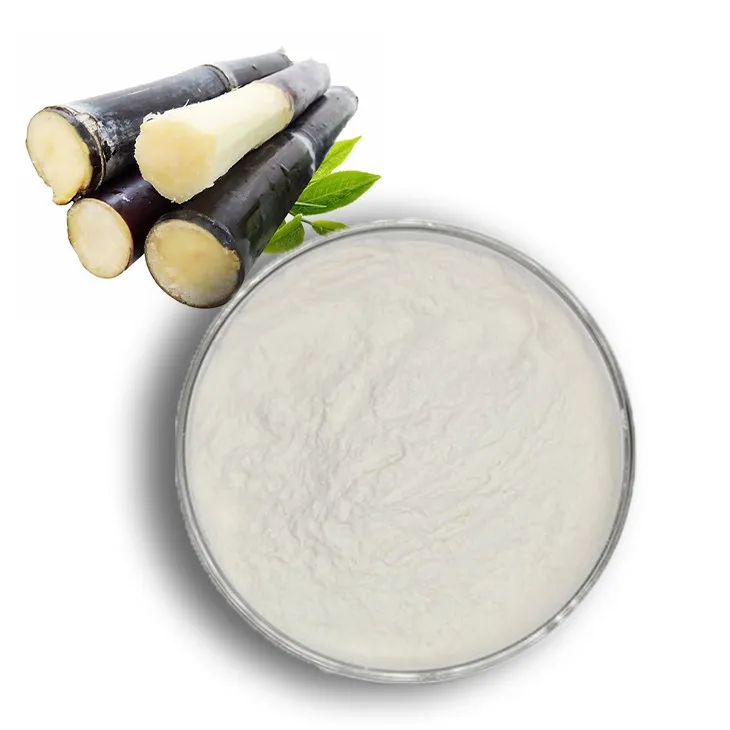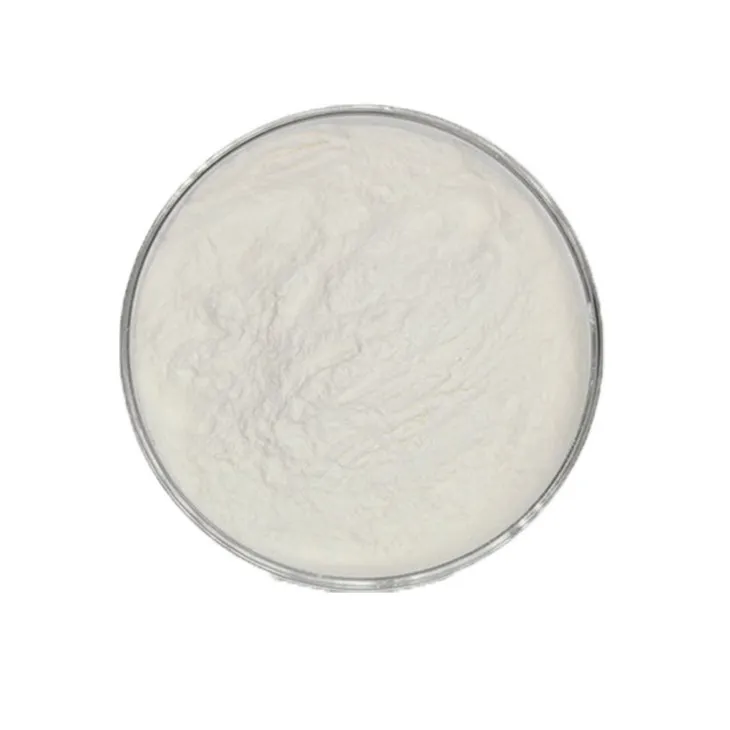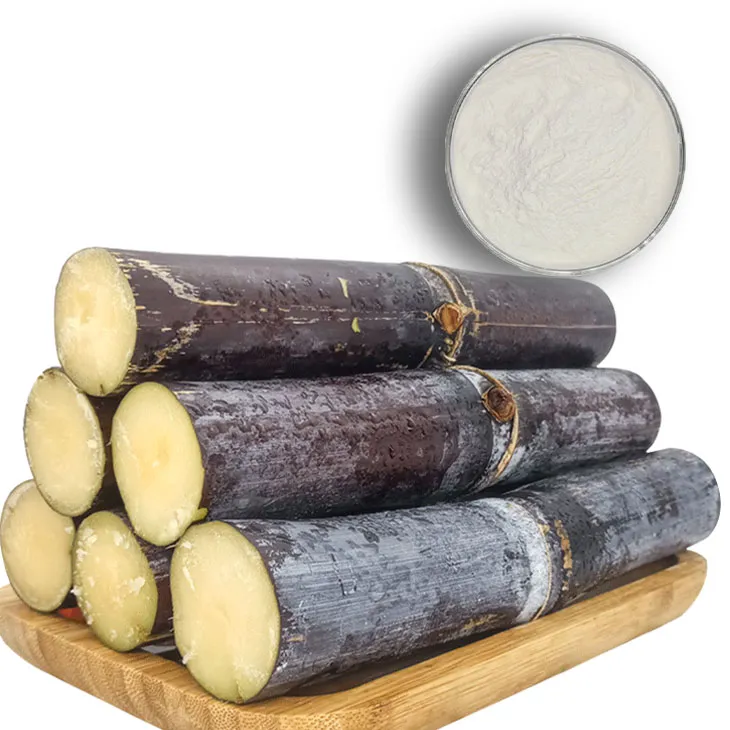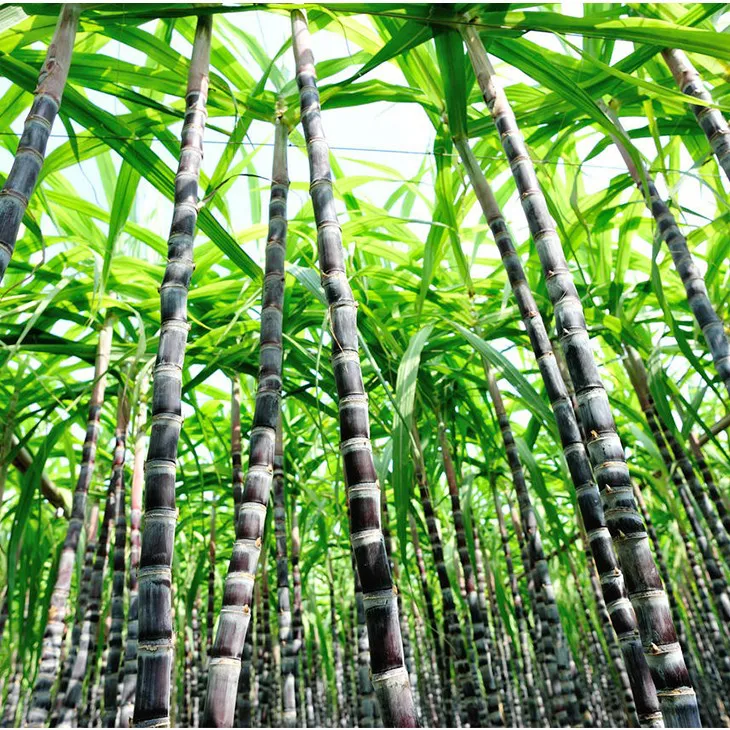- 0086-571-85302990
- sales@greenskybio.com
The process of extracting sucrose esters from sugarcane extracts.
2024-11-28

1. Introduction
Sucrose esters are a class of important compounds that have found wide applications in various industries, such as the food, pharmaceutical, and cosmetic industries. Sugarcane, as a rich source of sucrose esters, provides an opportunity for their extraction. The extraction process is not only complex but also crucial for obtaining high - quality sucrose esters. This article aims to comprehensively discuss the process of extracting sucrose esters from Sugarcane Extracts.

2. Selection of Sugarcane Extracts
The quality and composition of Sugarcane Extracts play a fundamental role in the extraction of sucrose esters. When selecting sugarcane extracts, several factors need to be considered.
2.1 Variety of Sugarcane
Different varieties of sugarcane may have varying levels of sucrose esters and related components. Some varieties are known to be more suitable for sucrose ester extraction due to their higher content of precursors or related substances. For example, certain traditional varieties may have been bred over time to accumulate more of the compounds related to sucrose esters.
2.2 Maturity of Sugarcane
The maturity of sugarcane also affects the extraction. As sugarcane matures, the composition of its juices and extracts changes.
- Mature sugarcane generally has a higher concentration of sucrose, which may be associated with a higher potential for sucrose ester extraction.
- However, over - maturity can also lead to changes in other components that might interfere with the extraction process.
2.3 Quality of Raw Material
The quality of the raw sugarcane, including factors such as its health and freedom from diseases and pests, is important.
- Diseased or pest - infested sugarcane may have altered chemical compositions, which can impact the extraction of sucrose esters.
- Contaminants in the sugarcane can also carry over into the extracts and potentially affect the extraction process and the quality of the final sucrose esters.

3. Extraction Methods
There are several methods available for extracting sucrose esters from sugarcane extracts, with solvent extraction being one of the most commonly used.
3.1 Solvent Extraction
Solvent extraction is based on the principle of solubility differences. Sucrose esters are soluble in certain solvents, which allows for their separation from the other components in the sugarcane extract.
-
Selection of Solvents:
- Organic solvents such as ethyl acetate and chloroform have been used in sucrose ester extraction. These solvents have a good ability to dissolve sucrose esters while having relatively low solubility for some of the interfering substances in the sugarcane extract.
- The choice of solvent also depends on factors such as safety, cost, and environmental impact. For example, while chloroform is effective, it has certain toxicity concerns, so alternative solvents are often explored.
-
Extraction Procedure:
- The sugarcane extract is mixed with the selected solvent in an appropriate ratio. This ratio is crucial as it can affect the extraction efficiency. For example, a too - high solvent - to - extract ratio may lead to excessive dilution, while a too - low ratio may not provide enough solvent to dissolve all the available sucrose esters.
- The mixture is then agitated, usually by mechanical stirring or shaking. This agitation helps in increasing the contact between the solvent and the sucrose esters in the extract, facilitating the dissolution process.
- After a certain period of extraction time, which is typically determined experimentally, the mixture is allowed to separate into two phases: the solvent phase containing the dissolved sucrose esters and the remaining sugarcane extract phase.
3.2 Other Potential Extraction Methods
Besides solvent extraction, other methods are also being explored for sucrose ester extraction from sugarcane extracts.
- Supercritical fluid extraction, using supercritical carbon dioxide, for example, has the advantage of being a more environmentally friendly option compared to some traditional solvents. It can also offer high selectivity in extracting sucrose esters. However, the equipment required for supercritical fluid extraction is relatively expensive, which limits its widespread application at present.
- Enzyme - assisted extraction is another emerging method. Enzymes can be used to break down certain components in the sugarcane extract that may be associated with sucrose esters, making the extraction of sucrose esters more efficient. But the use of enzymes also requires careful control of conditions such as pH and temperature to ensure their optimal activity.

4. Factors Influencing Extraction Efficiency
Several factors can significantly influence the efficiency of sucrose ester extraction from sugarcane extracts.
4.1 Temperature
Temperature plays a crucial role in the extraction process.
- At higher temperatures, the solubility of sucrose esters in the solvent generally increases. This can lead to a higher extraction yield within a certain temperature range. For example, in solvent extraction using ethyl acetate, increasing the temperature from room temperature to a moderately elevated temperature can enhance the extraction efficiency.
- However, if the temperature is too high, it can cause degradation of sucrose esters or other components in the extract. This can not only reduce the quality of the extracted sucrose esters but also lead to the formation of unwanted by - products.
4.2 Solvent Type
As mentioned earlier, the type of solvent has a direct impact on the extraction efficiency.
- Different solvents have different polarities and solubilities for sucrose esters. For instance, polar solvents may be more suitable for sucrose esters with certain polar functional groups, while non - polar solvents may work better for more non - polar sucrose esters.
- The solvent's ability to selectively dissolve sucrose esters while leaving behind other interfering substances in the sugarcane extract is also a key consideration. A good solvent should have a high solubility for sucrose esters and a low solubility for substances that can contaminate or interfere with the final product.
4.3 Extraction Time
The extraction time is an important parameter in the extraction process.
- As the extraction time increases, more sucrose esters are dissolved in the solvent. However, there is a point of diminishing returns. After a certain time, the increase in extraction yield becomes negligible, and further extraction may only lead to the extraction of unwanted substances or degradation of the sucrose esters.
- The optimal extraction time needs to be determined experimentally for each extraction system, taking into account factors such as the type of sugarcane extract, the solvent used, and the extraction temperature.

5. Purification Steps after Extraction
After the extraction of sucrose esters from the sugarcane extract, purification steps are necessary to ensure the high - quality of the obtained sucrose esters.
5.1 Filtration
Filtration is often the first step in the purification process.
- The solvent - sucrose ester mixture obtained from the extraction may contain solid particles, such as cell debris from the sugarcane extract. Filtration can remove these solid impurities, resulting in a cleaner solution.
- There are different types of filtration methods available, such as gravity filtration and vacuum filtration. The choice of filtration method depends on factors such as the viscosity of the solution and the size of the particles to be removed.
5.2 Solvent Evaporation
Solvent evaporation is used to concentrate the sucrose esters and remove the solvent.
- This step is typically carried out under controlled conditions to avoid over - heating, which can cause degradation of the sucrose esters. For example, rotary evaporation is a commonly used method for solvent evaporation, which allows for efficient removal of the solvent at a relatively low temperature.
- After solvent evaporation, a more concentrated sucrose ester product is obtained, but it may still contain some impurities.
5.3 Chromatographic Purification
Chromatographic purification is a more advanced and effective method for purifying sucrose esters.
- Column chromatography, for example, can be used to separate sucrose esters from other remaining impurities based on their different affinities for the stationary and mobile phases. Different types of stationary phases, such as silica gel or ion - exchange resins, can be selected depending on the specific properties of the sucrose esters and the impurities.
- High - performance liquid chromatography (HPLC) is another powerful chromatographic technique that can provide high - resolution separation of sucrose esters. It can be used for both analytical purposes, to determine the purity and composition of the sucrose esters, and for preparative purposes, to obtain highly purified sucrose esters.
6. Conclusion
The extraction of sucrose esters from sugarcane extracts is a multi - step process that involves careful selection of sugarcane extracts, appropriate extraction methods, consideration of factors influencing extraction efficiency, and purification steps. Each step is crucial for obtaining high - quality sucrose esters. With the increasing demand for sucrose esters in various industries, further research on improving the extraction process, such as exploring more efficient extraction methods and optimizing the purification steps, is still needed. This comprehensive understanding of the extraction process can provide valuable guidance for those involved in the production and application of sucrose esters from sugarcane.
FAQ:
What are the key factors in selecting suitable sugarcane extracts for sucrose ester extraction?
The key factors in selecting suitable sugarcane extracts for sucrose ester extraction mainly include the richness of components related to sucrose esters. Sugarcane extracts should contain a sufficient amount of precursor substances or substances associated with sucrose esters. Additionally, the quality and freshness of the sugarcane can also affect the suitability of the extracts. High - quality, fresh sugarcane is more likely to yield good extracts for sucrose ester extraction.
How does solvent type affect the extraction of sucrose esters from sugarcane extracts?
Different solvent types have different polarities and solubilities, which play a crucial role in the extraction of sucrose esters from sugarcane extracts. Polar solvents are often more effective in dissolving sucrose esters if they have similar polar characteristics. For example, some polar organic solvents can interact well with the polar parts of sucrose esters, increasing their solubility and thus improving the extraction efficiency. However, non - polar solvents may not be as effective in this regard, but in some cases, a mixture of polar and non - polar solvents can be optimized to achieve better extraction results.
What is the optimal temperature range for the extraction of sucrose esters?
The optimal temperature range for the extraction of sucrose esters depends on various factors such as the solvent used and the nature of the sugarcane extracts. In general, a moderately elevated temperature can often enhance the extraction efficiency. This is because higher temperatures can increase the kinetic energy of molecules, facilitating the dissolution of sucrose esters into the solvent. However, if the temperature is too high, it may cause degradation of sucrose esters or other components in the extracts. Usually, a temperature range between 40 - 60 degrees Celsius may be considered for many extraction systems, but this may need to be adjusted according to specific experimental conditions.
Why are purification steps necessary after extracting sucrose esters from sugarcane extracts?
Purification steps are necessary after extracting sucrose esters from sugarcane extracts for several reasons. Firstly, the extracts obtained after extraction may contain impurities such as other plant components, unreacted substances, or by - products. These impurities can affect the quality and performance of the sucrose esters. Purification helps to remove these unwanted substances, ensuring that the sucrose esters obtained are of high - quality. Secondly, pure sucrose esters are more suitable for further applications in various industries such as food, cosmetics, and pharmaceuticals. Without purification, the presence of impurities may lead to inconsistent results in these applications.
Can you briefly introduce some common purification methods for sucrose esters?
Some common purification methods for sucrose esters include chromatography techniques such as column chromatography. In column chromatography, the mixture containing sucrose esters is passed through a column filled with a stationary phase, and different components are separated based on their differential affinities to the stationary and mobile phases. Another method is crystallization. By carefully controlling the conditions such as temperature and concentration, sucrose esters can be made to crystallize out of the solution, leaving impurities behind. Additionally, distillation under reduced pressure can also be used in some cases, especially when dealing with solvents and volatile impurities.
Related literature
- Sucrose Esters: Properties, Production, and Applications"
- "Advances in Sucrose Ester Extraction from Plant Sources"
- "The Chemistry and Technology of Sucrose Ester Isolation from Sugarcane"
- ▶ Hesperidin
- ▶ Citrus Bioflavonoids
- ▶ Plant Extract
- ▶ lycopene
- ▶ Diosmin
- ▶ Grape seed extract
- ▶ Sea buckthorn Juice Powder
- ▶ Fruit Juice Powder
- ▶ Hops Extract
- ▶ Artichoke Extract
- ▶ Mushroom extract
- ▶ Astaxanthin
- ▶ Green Tea Extract
- ▶ Curcumin
- ▶ Horse Chestnut Extract
- ▶ Other Product
- ▶ Boswellia Serrata Extract
- ▶ Resveratrol
- ▶ Marigold Extract
- ▶ Grape Leaf Extract
- ▶ New Product
- ▶ Aminolevulinic acid
- ▶ Cranberry Extract
- ▶ Red Yeast Rice
- ▶ Red Wine Extract
-
Citrus Aurantium Extract
2024-11-28
-
Alfalfa Meal
2024-11-28
-
Grapefruit Seed Extract Powder
2024-11-28
-
Konjac Powder
2024-11-28
-
Dandelion Root Extract
2024-11-28
-
Pueraria Lobata Extract
2024-11-28
-
Cassia Seed Extract
2024-11-28
-
Pomegranate Extract
2024-11-28
-
Golden Seal Extract
2024-11-28
-
Eucommia Ulmoides Extract
2024-11-28





















